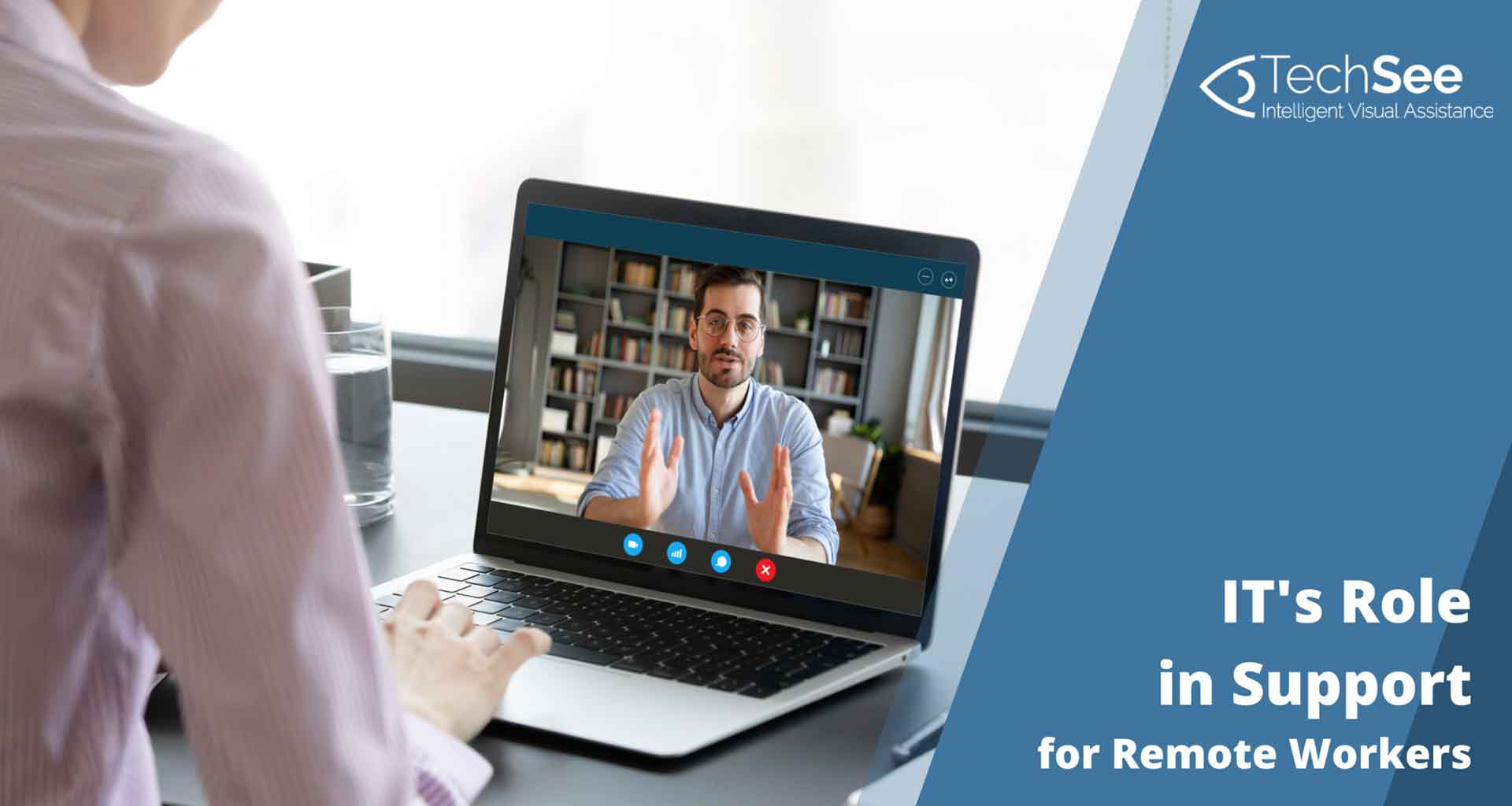Contents
After scrambling to set up remote working environments at the start of the pandemic, enterprises have largely recognized its advantages and adopted the WFH model. This new era has catapulted IT into a front-seat role as remote workers rely on IT to keep them connected daily, especially because popping into the next cubicle is no longer an option. IT expertise is particularly in demand when the remote workforce experiences technical issues – and they do, often.
A new survey found that almost everyone who worked from home in the past twelve months experienced at least one technical issue that impacted their work productivity, with 7 out of 10 remote workers experiencing two or more technical issues. Nearly one-quarter of remote workers said that they experienced five or more technical problems while working remotely that required IT assistance. The same survey highlighted that these technical issues span a broad spectrum of home-office devices, most commonly a modem or internet connection, desktop or laptop hardware, and desktop software problems.
With the remote work model here to stay for the foreseeable future and significant numbers of technical support issues that must be addressed on a regular basis, companies must shift from the haphazard WFH approach taken during COVID to a more streamlined approach to the remote working model.
IT’s Role in Determining WFH Policies
IT must be included in the discussion about formal WFH policies from the get-go. They should have a leading role in determining remote working standards. This includes identifying which tools and equipment the organization will provide as support for remote workers and what the individual employees are expected to procure, such as Internet connectivity and basic office furniture. IT should also determine the secure access – like VPN or multifactor authentication (MFA) – and device security protocols that will be enforced, as well as which communication tools will be supported, such as messaging apps and video conferencing.
IT Should Lead the Remote Onboarding Process
Gone are the days when a new hire would spend a few hours learning the ropes from a “buddy.” In the remote working environment, organizations have to efficiently onboard employees without them ever stepping foot into the office. This often means creating digital workflows that automate core onboarding processes. In many organizations, the first step is for IT to issue a remote work kit, which may include a laptop and related accessories. A Staples Workplace Survey showed that only 52% of employees who work remotely use a computer provided by their company. Providing company equipment to employees allows IT to retain more significant control over security measures and simplifies support issues.
When it comes to initial training, IT and HR can collaborate to create remote work onboarding portals that feature “Getting Started” videos for set up and tips for succeeding with remote work. Online training can also proactively help remote employees learn to use company equipment and software, and provide other general best practices.
Deliver Superior Ongoing Support for Remote Employees
With a remote workforce, IT can expect to have their hands full dealing with technical issues. A staff member stuck at home with no Internet connection is a drain of company resources. Providing ongoing and efficient IT support for remote workers is essential to ensure issues are handled quickly, so workplace productivity doesn’t suffer. IT must take the lead in finding suitable support processes and tools with minimal user friction. For example:
- Remote control tools. Troubleshooting can be difficult and time-consuming for IT in the best of circumstances, but having to rely on remote workers for clear descriptions of the problem will be even more frustrating. Remote control tools make it easy for IT support technicians to access the employee’s computer and “take control” to resolve the problem faster.
- Visual assistance. In some situations, it may be beneficial to have a remote visual guidance tool, which typically leverages the employee’s smartphone camera or enables screen sharing to allow the remote expert to see what the employee sees. This is especially useful when the problem is hardware-related, such as a malfunctioning router or printer.
- Endpoint analytics. Implementing analytics at the device level can help the IT support personnel identify the root cause of a problem and assess the device’s performance history to predict failures before the end-user’s experience is negatively impacted.
Help Desk Management Tips
IT should also consider alleviating their Help Desk burden by offering self-service support for remote workers to help themselves with minor issues without calling IT for assistance. A recent survey underscores that remote workers prefer to take matters into their own hands, with seven in ten workers stating that they prefer to fix things themselves before involving IT.
Importance of IT support for remote workers
With the growing popularity of remote work, the spotlight is focused on IT as a key player in enabling a new and different workforce experience. IT must step forward and guide leadership through the decisions necessary to ensure the enterprise WFH model is solid and successful. At the same time, they are best-positioned to take charge of the remote onboarding process and implement the best solutions and tools to help support workforce productivity well into the future.
See it in action!
Global software company Globant takes WFH support for remote onboarding to a new level. New employees access an online portal with digital tools that foster company culture and help them acclimate. The company’s in-house virtual assistant is fluent in both natural language and programming language, allowing new engineers to ask work-related technical questions and get coding assistance with their projects.
For full access to the survey that explores remote employees’ level of satisfaction with IT support, as well as the speed and ease of assisting with requests and solving problems remotely, download the comprehensive report now.







